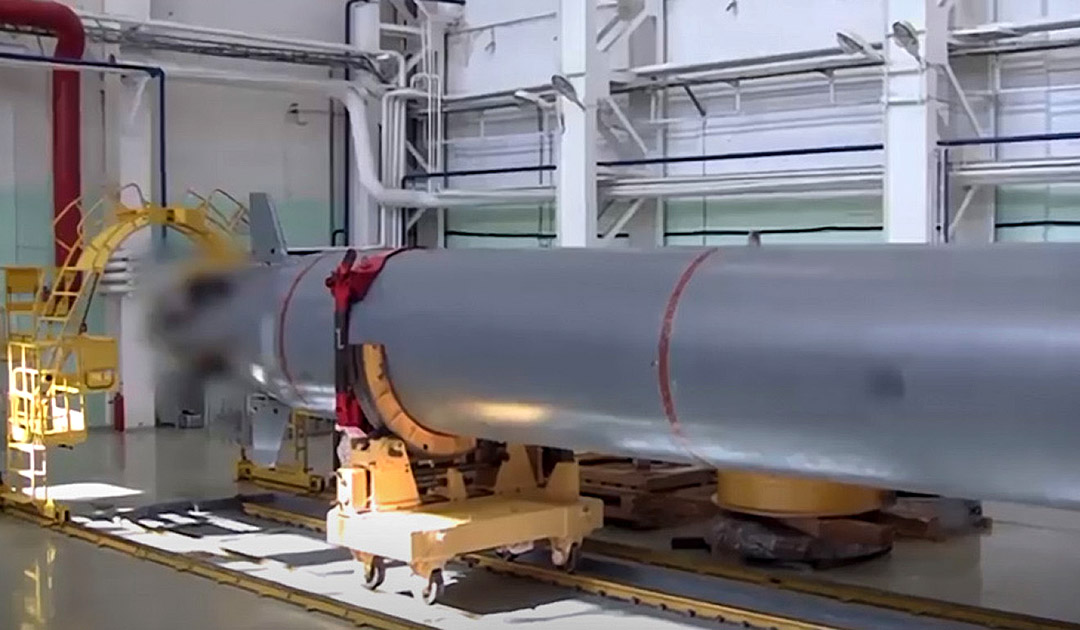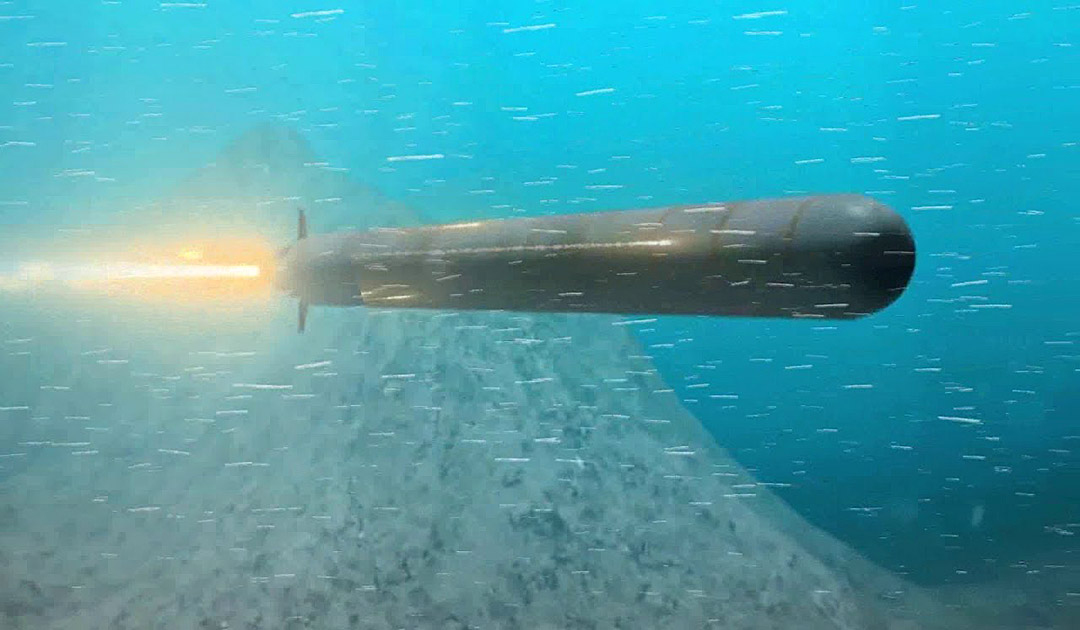
Russia’s unmanned nuclear drone project “Poseidon” seems to be on the right track, according to statements by the relevant government agencies. The government plans to set up a separate coastal base for it by next year. The Defense Ministry also said that testing of the “Poseidon” drone was nearing completion in 2020. But the tests have been postponed until 2021 and are now to take place in the Arctic aboard one of the two special submarines.

According to the Moscow Times, construction of the necessary infrastructure to sustain and execute this new strategic weapon should be completed by 2022. The test launch of the unmanned nuclear drone “Poseidon” was expected in 2020, but was postponed to 2021 probably due to the COVID-19 pandemic.
Izvestia, another Russian news agency, wrote that the crew members of the submarine “Belgorod” had already started practical training on the drones. The agency also quoted senior officials as mentioning that a coastal base was essential for the weapon’s effectiveness in combat and operations. A maintenance base, warehouses and workshops will be built. This is where the “Poseidon” drones are to be prepared for combat operations and launches. It was not disclosed where the base was planned. All that was heard was that the base should be ready by 2022.

What the “Poseidon” drone is and its capabilities
The underwater drone was named “Poseidon” based on the results of a public vote in March 2018. At the time of development, the project had the code name “Skif”. Information about it first surfaced in late 2015, when Russian media first reported the development of a super-strong nuclear torpedo.
According to the currently known characteristics, the nuclear drone “Poseidon” will have an unlimited range thanks to the mini-nuclear power plant. Its state-of-the-art autopilot allows the drone to hit shore targets in any ocean.
The first regular carrier of the “Poseidon” drone will be the K-329 Belgorod special submarine. The nuclear drones will be housed in six silo launch pads.
According to reports, the “Poseidon” may also have a seabed launch option. With the known seabed option, “Poseidon” can wait as long as necessary in a special container on the seabed for its deployment.
Experts believe that “Poseidon” will travel at a speed of 100 km/h (54 kn) and with a range of 10,000 km (5,400 nmi) at a maximum depth of 1,000 m (3,300 ft).
Heiner Kubny, PolarJournal
More on the subject:





